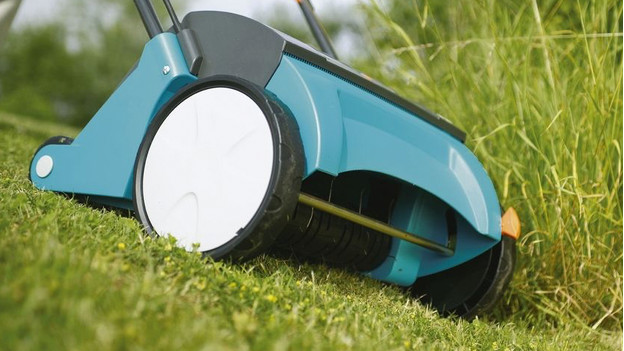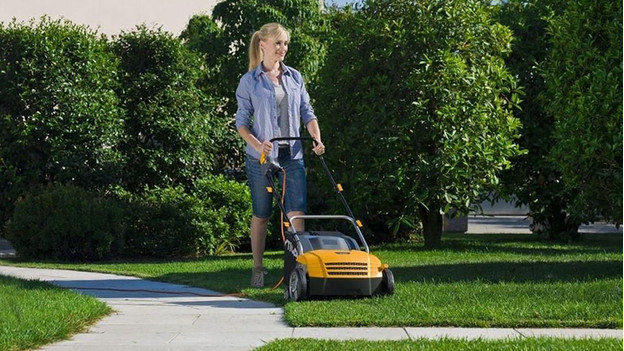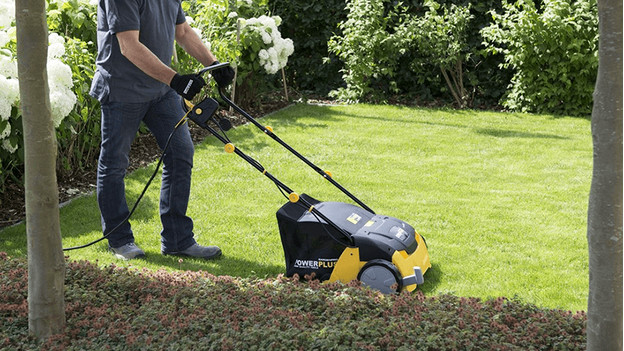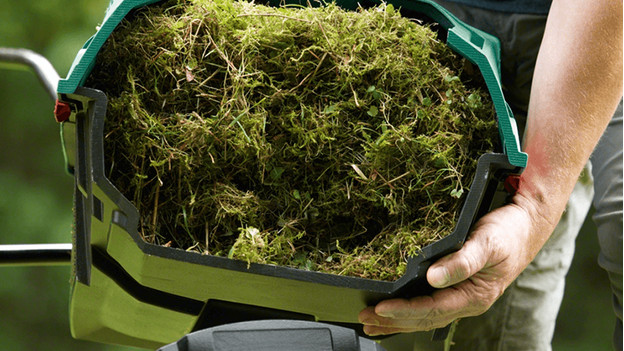
Advice on scarifying
1. What's scarifying?

A thin thatch layer on your lawn is created naturally which protects the grass against moisture loss and heat. If this layer becomes thicker than a centimeter, it begins to stifle and acidify the lawn. This leads to brown spots and moss. With a lawn scarifier, you remove moss and thatch and you cut roots. This way, you stop the growth of new moss. It's also important to air your lawn, so moisture, air, and nutrients can penetrate the soil again.
2. When do you scarify?

You have to scarify grass 1 to 2 times per year. The first time, you have to scarify in the spring around April or the start of May. The ground frost has stopped then and that's important for the recovery of the ground. Choose a lightly humid day, because this is good for the recovery of the ground. If your lawn doesn't look very good after the summer, scarify again. Do this before the first ground frost.
3. How to scarify?

To stimulate the recovery of your lawn, you should scarify when the grass is slightly damp. Mow the grass first, so it's easier for the lawn scarifier to get into the soil. Next, scarify both the length and width. This way, you cover every part of your lawn. The blades remove the moss and thatch. You can air it with the blade roller. It makes holes in the soil, so that moisture, air, and nutrients are absorbed more easily.
4. Sowing, fertilizing, and adding limescale

Scarifying can cause bare spots in your lawn. It's a matter of sowing grass seeds and fertilizing to get the lawn in a good condition again. Adding limescale to your lawn is also a possibility. Do this when the soil contains too much acid. A less acidic soil can also be achieved by an increase in sunlight or in the case of a too humid soil, a drainage.
5. The best lawn scarifier for you
If you have a small lawn up to 200m², an electric lawn scarifier with up to 37cm cutting width is enough. If your lawn is larger, a wireless and more powerful scarifier with a large working width is the best choice for you. There are also lawn scarifiers with a container that ensures that you can collect all moss and thatch together, so you don't have to rake afterwards.


